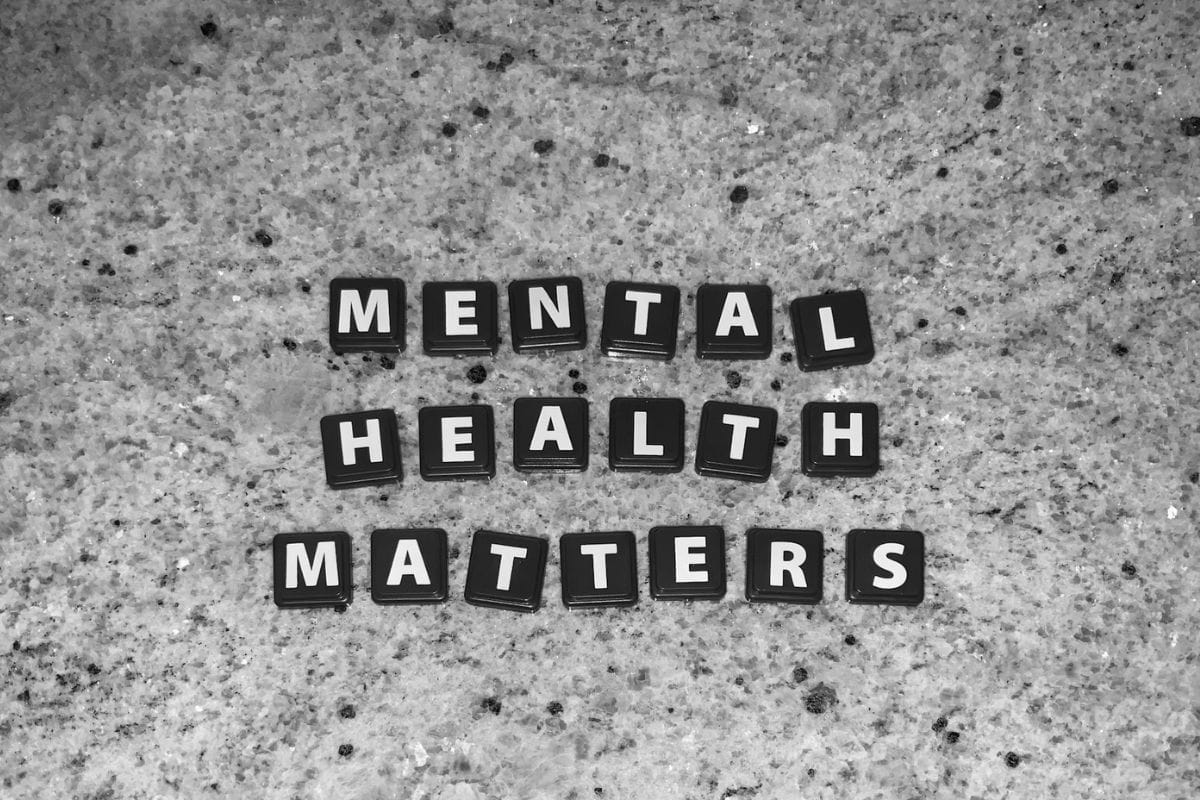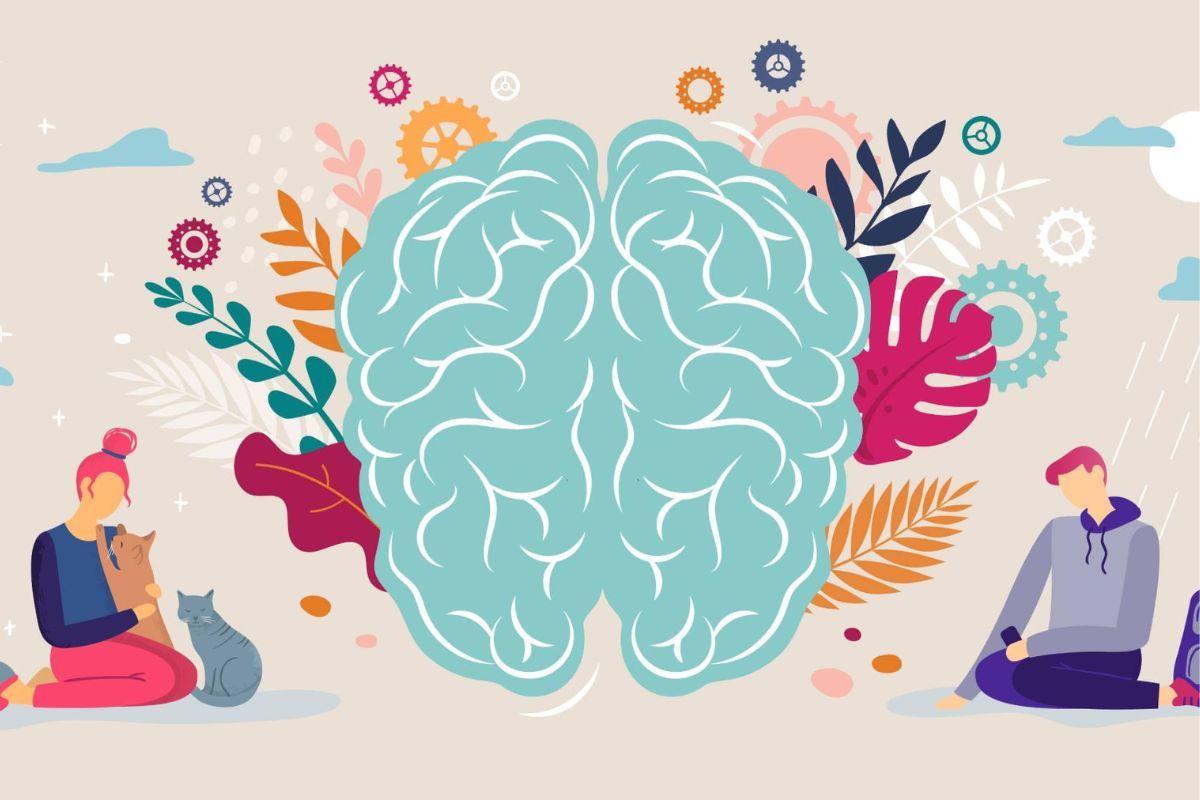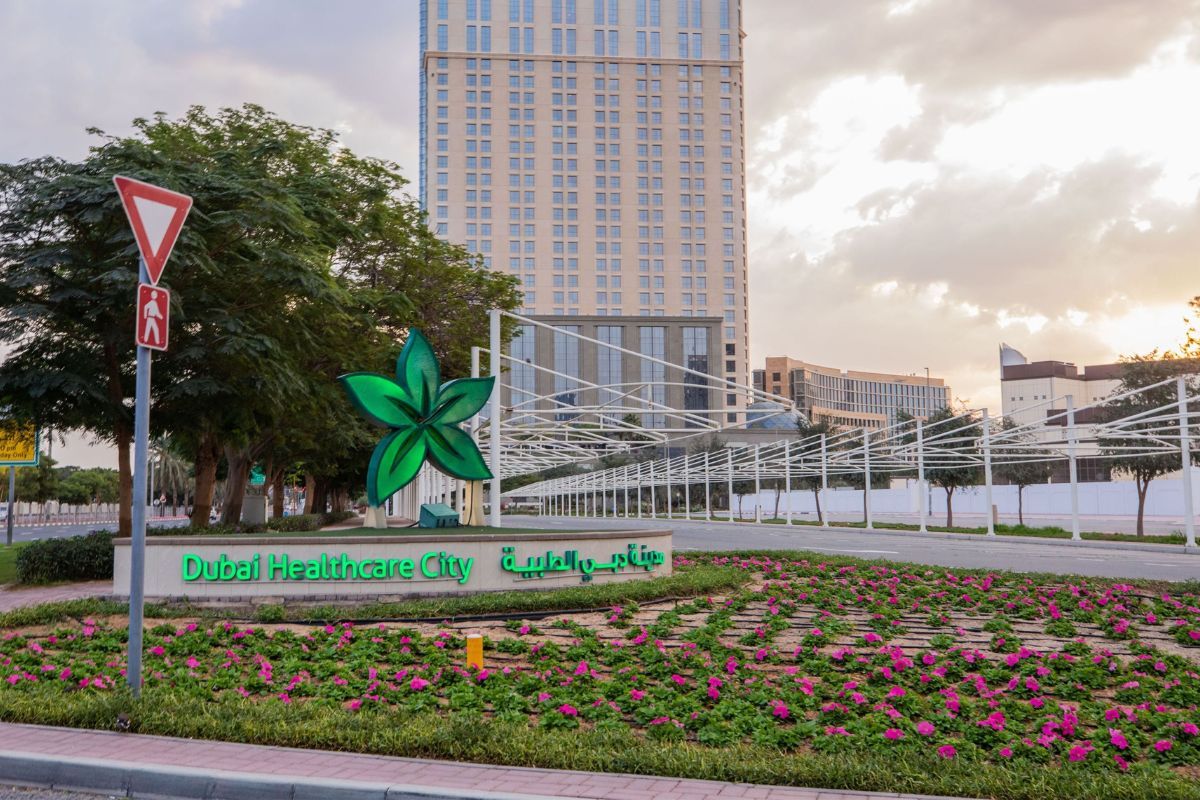Colors are more than just pleasing hues that surround us - they can profoundly influence our psychological state. The colors we encounter in our everyday environments, whether vivid or muted, have the power to evoke specific emotions, influence our behaviors, and even impact our cognitive abilities. For example, the sight of the ocean's blue waters is often associated with a sense of peace and calmness. Many people find that spending time by the sea, gazing at the expansive blue waters, helps to clear their mind and reduce stress. This interplay between color and the human psyche has long fascinated researchers, artists, and designers alike.
From the calming blue hues said to lower blood pressure to the energizing effects of bold reds and yellows, the psychological associations we attach to different colors are deeply rooted. These connections stem from a complex interplay of biological, cultural, and personal factors. The wavelengths of light corresponding to each color may trigger different hormonal responses in our bodies. At the same time, the symbolic meanings we've culturally assigned to certain hues can shape our unconscious reactions.
Understanding the nuanced psychological impacts of color can open new avenues for enhancing our experiences across multiple domains. In marketing and branding, strategic color choices can drive consumer behavior. In architecture and interior design, thoughtful color palettes can cultivate specific emotional atmospheres. Even in digital interfaces and data visualization, the judicious use of color can optimize user experiences and information processing.
As we dive deeper into this fascinating subject, we'll explore the intriguing research behind color psychology, examine its diverse applications, and gain insight into how we can harness the power of color to shape our experiences in meaningful ways.
What is Color Psychology?

Color psychology is a fascinating field that delves into the intricate relationship between different hues and the human mind. It explores how colors can profoundly influence our emotional states, physiological responses, and even behavior patterns. This multidisciplinary area of study encompasses a diverse range of topics, each offering valuable insights into the intricate interplay between color and our psychological experiences.
Understanding Color Meanings and Symbolism
At its core, color psychology examines the meanings and symbolism we ascribe to different colors, both consciously and subconsciously. These associations can vary across cultures, age groups, and personal experiences, shaping our individual preferences and reactions. Researchers in this field investigate how specific colors can evoke distinct emotional responses, ranging from the calming effects of cool tones to the energizing impact of warm hues.
Physiological Effects of Colors
Beyond emotions, color psychology also explores the physiological effects of color. Some studies suggest that certain wavelengths of light may trigger hormonal changes or influence vital signs, such as heart rate and blood pressure. This connection between color and bodily responses has implications for various domains, including healthcare, design, and workplace environments.
Color in Mental Health and Well-Being
Another area of interest within color psychology is the potential influence of color on mental health and well-being. Some researchers have explored whether specific color combinations or environments can alleviate symptoms of conditions like anxiety or depression, while others have investigated the role of color in promoting focus, productivity, and overall psychological comfort.
Behavioral Influences of Color
Moreover, color psychology delves into the ways in which colors can shape human behavior, from influencing consumer decisions in marketing and branding to improving safety and way finding in architectural design. By understanding these nuanced effects, professionals across various industries can leverage the power of color to create more optimal and engaging experiences.
While much of the evidence in color psychology remains anecdotal, ongoing research continues to uncover valuable insights into this fascinating intersection of visual perception, psychology, and human experience. As our understanding grows, the strategic use of color holds promise for enhancing our emotional, cognitive, and behavioral well-being in various contexts.
The Meaning of Colors
Colors have a profound ability to influence our moods and emotional states, although the perception of color is subjective to some degree. Certain color effects, however, seem to resonate across cultures and individuals, suggesting universal associations.
Within the warm end of the color spectrum, we find hues like scarlet red, red-orange, and yellow-based reds. These vibrant, fiery tones are often linked to a range of emotions that span from comfort and warmth to more intense feelings of hostility and anger. The warmth and energy of these colors can evoke a sense of coziness and passion, but also potentially aggression or irritability.
Interestingly, reds can also take on cooler undertones, such as in the case of burgundy, ruby, raspberry, and deep cherry shades. While still part of the red family, these cooler reds often convey a sense of calmness and sophistication. They can evoke emotions of seriousness, dignity, and even a touch of melancholy, in contrast to the more fiery warm reds.

These contrasting associations within the same color family highlight the nuanced and multifaceted nature of our emotional responses to color. Even subtle shifts in hue or undertone can profoundly impact the mood and feelings a color elicits, underscoring the complex interplay between color perception and our psychological experiences.
The Psychological Effects of Color

The influence of color on the human experience is a subject that has captivated humans across cultures and eras. Although the scientific study of color psychology is a relatively recent endeavor, the profound impact of color has been recognized and harnessed by ancient civilizations for centuries. In those times, colors were employed in various practices, ranging from therapeutic treatments to spiritual rituals, reflecting a deep-rooted belief in their ability to shape emotions and well-being.
At the core of this enduring fascination lies the remarkable power that color wields over our lives. While perceptions of color are inherently subjective, and shaped by individual experiences and cultural contexts, certain color effects seem to transcend boundaries and evoke universal meanings and responses. This universal quality hints at the profound ways in which color can influence our bodies and minds.
One such universal phenomenon is the dichotomy between warm and cool colors. The warm end of the color spectrum, encompassing hues like red, orange, and yellow, is often associated with a range of emotions that span from comfort and warmth to intense feelings of anger or hostility. These vivid tones seem to elicit a visceral response, stirring our emotions in profound ways.
In contrast, cool colors, such as blue, purple, and green, are frequently described as calming and serene, evoking a sense of tranquility and peace. However, these hues can also evoke feelings of sadness or detachment in certain contexts, highlighting the nuanced and multifaceted nature of our color associations.
While the reasons behind these universal color responses are not fully understood, they point to the profound psychological and physiological impact that color can have on the human experience.
Color Psychology as Therapy
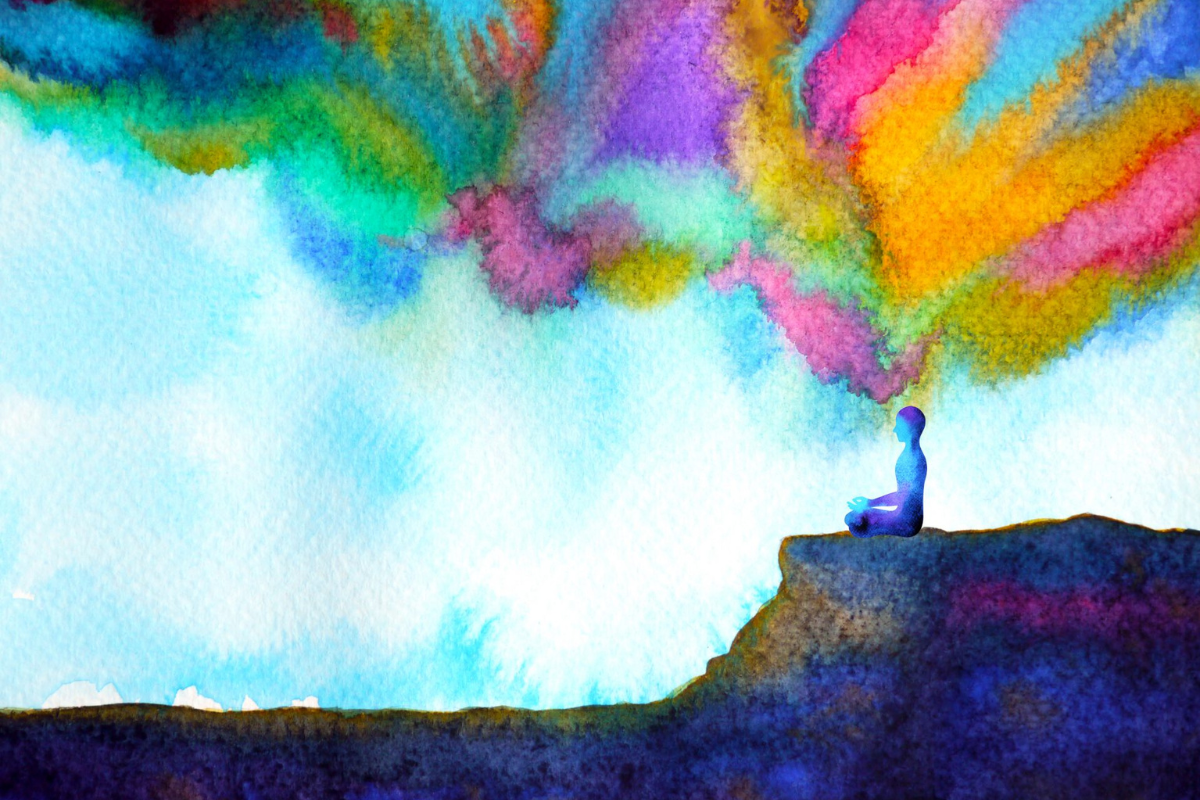
Many ancient civilizations, such as the Egyptians and Chinese, embraced the belief that colors possessed healing properties and could be harnessed for therapeutic purposes. This practice, known as chromotherapy or colorology, involved the use of specific hues to treat various ailments and promote overall well-being.
Chromotherapy continues to be employed today as a holistic or alternative treatment modality, with each color believed to offer unique benefits:
- Red: Believed to stimulate the body and mind, increasing circulation and vitality.
- Yellow: Thought to have a purifying effect on the body and stimulate the nerves.
- Orange: Considered helpful in healing lung-related conditions and boosting energy levels.
- Blue: Renowned for its soothing properties, often used to alleviate pain and illness.
- Indigo shades: Believed to be beneficial for treating skin-related issues.
While the scientific evidence supporting chromotherapy is still limited, some recent studies have explored its potential applications. In 2020, a study suggested that this color-based therapy might be an effective way to combat compassion fatigue and post-traumatic stress experienced by intensive care unit nurses, highlighting its potential for promoting emotional well-being.
As research in this area continues to evolve, the ancient wisdom surrounding the healing power of colors is being revisited and explored through a modern scientific lens. While more rigorous investigation is needed, the enduring practice of chromotherapy serves as a testament to the profound impact colors can have on our physical, emotional, and psychological states.
Color Psychology in Product Design
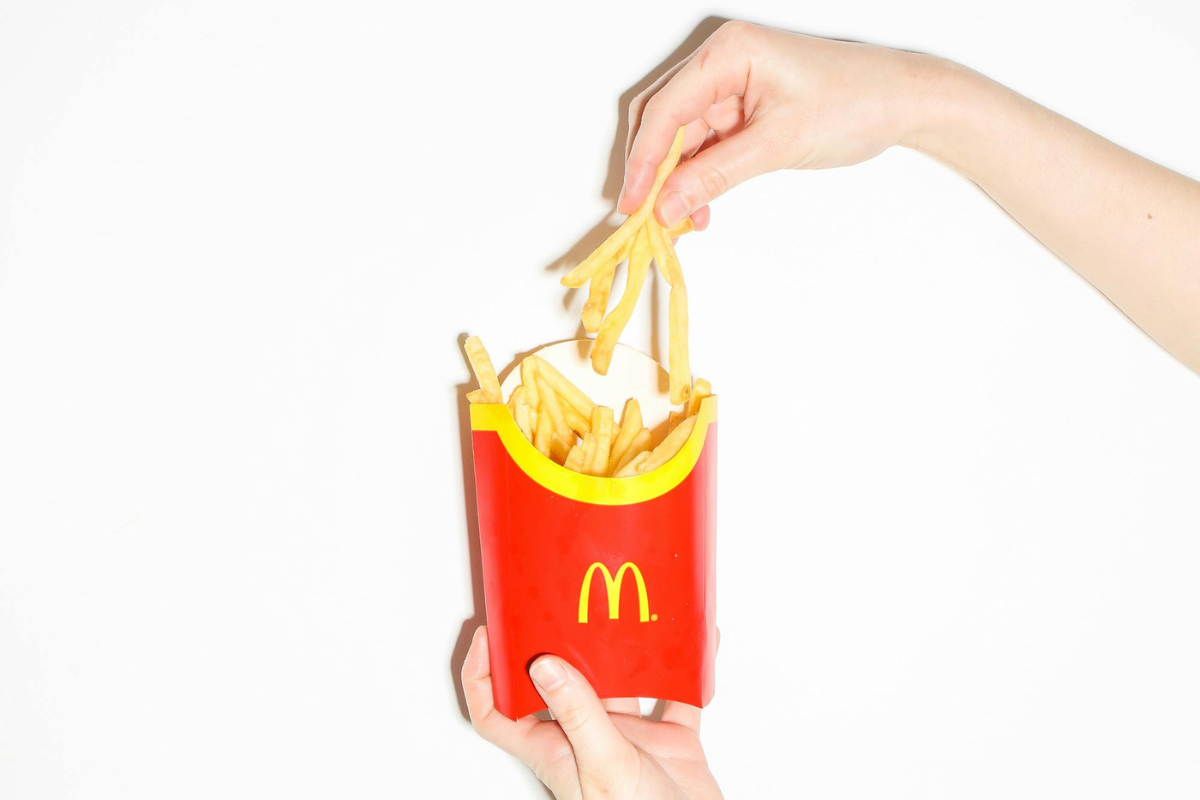
The fascinating field of color psychology extends far beyond the realm of color therapy, finding practical applications in various industries, including marketing, advertising, and product design. One intriguing example is the pharmaceutical industry, where drugmakers are keenly interested in leveraging the therapeutic values associated with different pill colors.
Research has revealed that specific colors can evoke particular psychological responses. For instance, red pills are often associated with stimulants, evoking a sense of energy and alertness, while blue pills are commonly linked to relaxation and calmness. By carefully selecting the appropriate pill color, pharmaceutical companies can potentially enhance the placebo effect, thereby increasing the perceived effectiveness of their medications.
The importance of color selection is so significant that it even plays a crucial role in the clinical trial stage of drug development. Certain pill colors have been found to contribute to patient non-compliance, with individuals being more likely to miss doses or discontinue taking the medication altogether. Drugmakers are acutely aware that choosing the wrong pill color could potentially skew the data collected during clinical trials, leading to inaccurate or misleading results.
The use of colors to influence health and behaviors is an ancient art that modern science is continuing to explore and unravel. While the mechanisms behind these effects are not fully understood, the evidence suggests that surrounding ourselves with the right colors can indeed have a profound impact on our moods and overall well-being.
So, if you find yourself feeling down or in need of a mood boost, consider embracing the power of color. Whether it's painting your walls a vibrant yellow or taking a leisurely stroll through a colorful garden, immersing yourself in the right hues may just provide the uplift you need, reminding us that the ancient wisdom surrounding the psychological impact of color still holds relevance in our modern world.
As we've explored, the psychology of color is a rich and fascinating realm that has captivated humans across cultures and throughout history. From the ancient practices of chromotherapy to modern applications in marketing, design, and even medicine, the profound impact of color on our emotions, behaviors, and well-being is undeniable.
While the scientific exploration of this field is still in its relatively early stages, ongoing research continues to uncover intriguing insights into the intricate interplay between color and the human psyche. As our understanding deepens, we may unlock new avenues for harnessing the power of color to enhance our experiences, promote healing, and cultivate environments that nurture our physical and mental well-being.
Moreover, the universality of certain color associations, such as the warmth of red hues and the serenity of blues, speaks to a fundamental connection between color and the human experience that transcends cultural boundaries. This universal language of color serves as a reminder of the profound ways in which our visual perception shapes our inner worlds, inviting us to explore the depths of this captivating subject further.
So, the next time you find yourself drawn to a particular hue or feeling the emotional resonance of a vibrant color palette, take a moment to appreciate the intricate dance between color and consciousness. For in that fleeting moment, you are tapping into an ancient wisdom – a wisdom that recognizes the profound power of color to uplift, soothe, and ultimately shape our experiences in meaningful and transformative ways.
Also Read:

